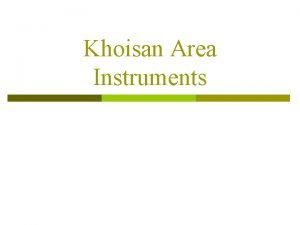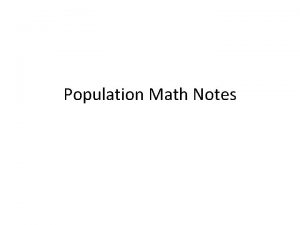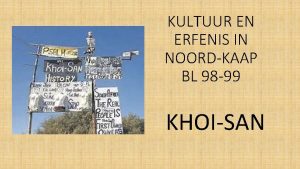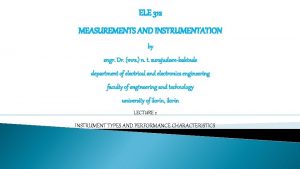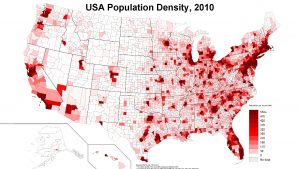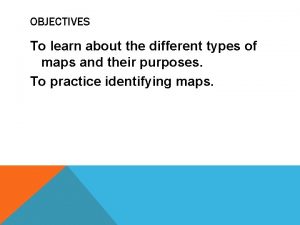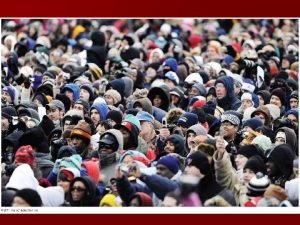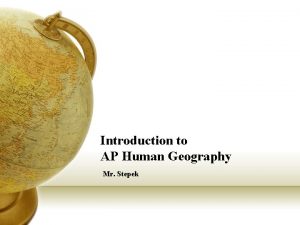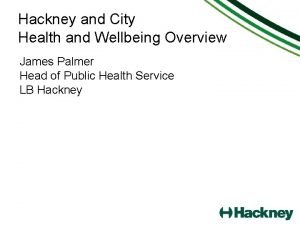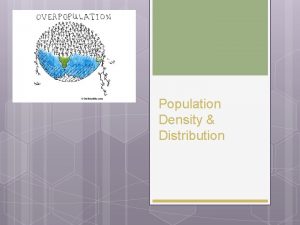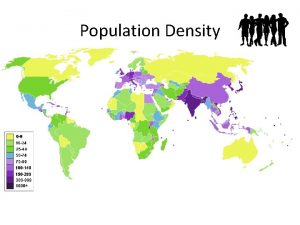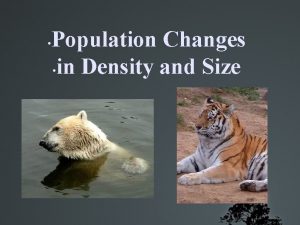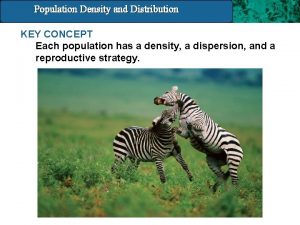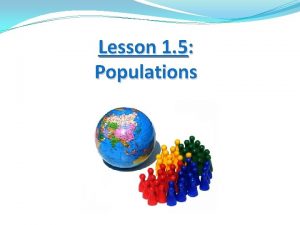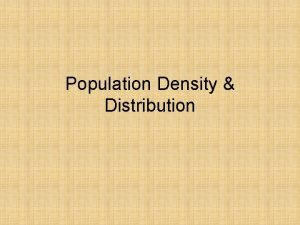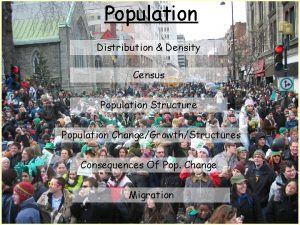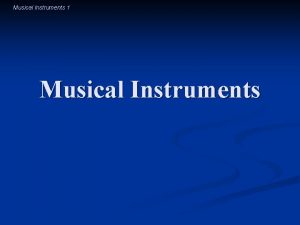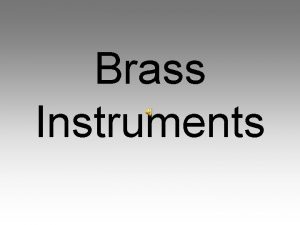Khoisan Area Instruments Khoisan Area p Population Density















- Slides: 15

Khoisan Area Instruments

Khoisan Area p Population Density (1979) p Khoisan Area 2001

Instrument Categories p Wind n p String n p Horns, penny whistle Cacoxe, Serankure, Musical bow Percussion n bell, hungu, mukupela, puita, saxi, thumb piano, Ngoma, Sanza, singing

Wind – Khoisan Area p Horns Vandumbu soft wood trumpet covered with matted fibres Mjemboerose antelope's horn with a resonator greased with beeswax p Penny Whistle or tin flute is played in a local style with an unusual oblique positioning of the lips and tongue blowing over the end of the flute

String – Khoisan Area p Cacoxe p Serankure This is a monochord bowed trough zither. They would have originally been stringed with sinew, wire is now used, and have calabash or ostrich shell resonators

String – Khoisan Area p Musical Bow A bow-shaped chordophone made of wood and string.

Percussion – Khoisan Area p Bell Clochas, otherwise known as double-bells are one of the traditional instruments of Angola which were made by the musicians themselves. p Hungu The Hungu, also known as the Mbulumbumba, can best be described as an ancestor to the Brazilian berimbau. A small stick is used to strike the string of the bow which vibrates and is amplified by a gourd held against the stomach.

Percussion – Khoisan Area p Mukupela p Puita Kwita, Mpwita (friction drum). The drum's membrane is pierced once or twice to allow a wooden rod or cord (made of horsehair) or leather thong to pass back and forth. The membrane vibrates and produces a sound which can be modulated by controlling the pressure.

Percussion – Khoisan Area p Saxi Known commonly as maracas made from maboque with dry seeds (or glassbeads in recent times) that are placed inside via a few small holes. The Bavugu is based on the movement of compressed air. Three greased gourds are played using the hand over one of the holes, while the other is open and closed by pressing it against the thigh. It's used by the Kung people. p Thumb Piano Kisanji. Thumb pianos are often played at significant occasions – worship, funeral dirges (komba di tokwa), spiritual songs, the arrival of rain and so on. There a variety of rhythms used in the music: Kabetula; Kilaphanga; Kaduque; semba (rebita) and makinu.

Percussion – Khoisan Area p Ngoma is the general name for drum in Bantu language. Its form is generally conical or cylindrical, and can be played as an individual instrument or in an ensemble - sometimes with more than 25 players. Also used in the Kwa. Zulu area are Zion drums and Zulu Hide drums which are hand drums covered in kudu hide.

Percussion – Khoisan Area p Sanza and mbira are the most widespread. Composed of a series of flexible tongues of uneven length, made of metal or bamboo, fixed to a wooden plate or trapezoid sound-box. The musician holds the instrument in both hands and uses the thumbs to pluck the slightly upturned free end of the lamellae.

Percussion – Khoisan Area p Singing "Singing makes all the sad people happy because it is the voice of happiness". (Zulu saying) The singing styles of South Africa and the Zulu people are worthy of special mention. Like much of Africa, music is considered the "food of life”. This enables the communication of emotions and situations which could not be made by talking. Ladysmith Black Mambazo

Khoisan Area p “Some fought in the field. I fought my battle singing. ” Miriam Makeba “Mama Africa” singer exiled 30 years http: //www. music. org. za/artists/makeba. htm

Khoisan Area p “ We sang, to build our spirit, to build our courage. I couldn’t sing to save my life. But I would sing to save my country. ” Sifso Ntuli activist http: //www. amandla. com/heroes/index. php

Khoisan Area p “Without music, our struggle would have been a great deal longer, a great deal bloodier, and perhaps not even succesful. ” Archbishop Desmond Tutu http: //www. tutu. org/
 Khoisan instruments
Khoisan instruments What does arithmetic density tell us
What does arithmetic density tell us How to calculate population density
How to calculate population density San volksverhale
San volksverhale How to calculate sg
How to calculate sg Fcc 111 linear density
Fcc 111 linear density Linear density of fcc 110
Linear density of fcc 110 Nda full dac
Nda full dac Physiological density egypt
Physiological density egypt Passive instrument
Passive instrument Pressure measuring devices
Pressure measuring devices Population distribution
Population distribution Different types of climate
Different types of climate Arithmetic population density
Arithmetic population density Physiological population density
Physiological population density Hackney population density
Hackney population density
